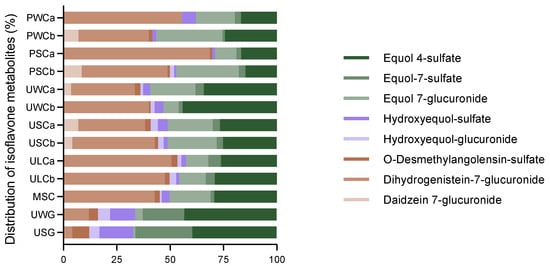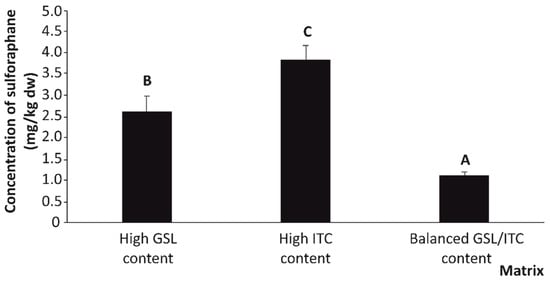Omics Perspective to Unravel the Functionalities and Biological Traits of Plant-Based Foods and By-Products
A topical collection in International Journal of Molecular Sciences (ISSN 1422-0067). This collection belongs to the section "Bioactives and Nutraceuticals".
Viewed by 4289Editors
Interests: Plant-based foods; Bioactive compounds; Functionality; Analytical methods; LC-MS; Metabolomics
Special Issues, Collections and Topics in MDPI journals
Interests: lipidomics; plant oxylipins; bioaccessibility; bioavailability; bioactivity; structure-activity relationship (SAR); in vitro models of biological activity; inflammation; oxidative stress; immune system
Special Issues, Collections and Topics in MDPI journals
Topical Collection Information
Dear Colleagues,
As an important contribution to the sustainability of the agro-food system, research in the field should be adapted to the circular economy policies. To take advantage of the bioactive compounds of foods it is essential to decipher how phytochemicals in plant-based foods and their by-products fit into circular economy workflows to obtain newly added value coproducts. This information will contribute to design interest in recycling, reusing, and reducing these pollutant materials allowing rethinking the food chemistry and biological traits.
In this frame, it is important to stress that plant-derived bioactive compounds are key to human nutrition and health, since they affect genome expression and signaling pathways, acting on protein level, structure, and function. In this context, genomics, transcriptomics, proteomics, and metabolomics are important elements of complete omics analyses, which jointly with classic techniques based on cell and molecular biology, would allow enhancing the scope of current research on the biological effect of food components on cellular processes and mechanisms, as well as the definition of targets for bioactive compounds and biomarkers linking health.
Nowadays, the recent advancement in the integrated omics approach is practiced comprehensively, in a complementary form to classic experimental approaches, to understand food functionality and connection to human health and wellbeing. This topical collection aims at achieving a compilation of reviews and research articles that provide light on the novel bioactive components of plant-based foods and by-products, and the assessment by omics approaches of biological functions with special attention to those enclosed to health care.
Dr. Sonia Medina
Dr. Raúl Domínguez-Perles
Collection Editors
Manuscript Submission Information
Manuscripts should be submitted online at www.mdpi.com by registering and logging in to this website. Once you are registered, click here to go to the submission form. Manuscripts can be submitted until the deadline. All submissions that pass pre-check are peer-reviewed. Accepted papers will be published continuously in the journal (as soon as accepted) and will be listed together on the collection website. Research articles, review articles as well as short communications are invited. For planned papers, a title and short abstract (about 100 words) can be sent to the Editorial Office for announcement on this website.
Submitted manuscripts should not have been published previously, nor be under consideration for publication elsewhere (except conference proceedings papers). All manuscripts are thoroughly refereed through a single-blind peer-review process. A guide for authors and other relevant information for submission of manuscripts is available on the Instructions for Authors page. International Journal of Molecular Sciences is an international peer-reviewed open access semimonthly journal published by MDPI.
Please visit the Instructions for Authors page before submitting a manuscript. There is an Article Processing Charge (APC) for publication in this open access journal. For details about the APC please see here. Submitted papers should be well formatted and use good English. Authors may use MDPI's English editing service prior to publication or during author revisions.
Keywords
- bioactive compounds
- functionality
- plant based-foods
- by-products
- omics
- health
- in vitro and in vivo models









